Project Description:
The first thing I learned when tuning my car is that we need 60% more fuel to get our cars started/running in winter than what we need in summer. It is due to the cold temperature affecting the air density primarily. (It might be other factors like engine wear, but I'll ignore them for this experiment)
For those cars with the hot air hose disconnected between the manifold and the air filter, because the hose is missing, broken, or there was a modification in the intake system and the hose don't longer fit...
Can the fuel economy be improved just by reconnecting that hose? If so, How much?
Background:
From basic physics, we know the air flow entering our engine is defined by:
Air Flow (g/s) =0.058*MAP(kPa)*RPM/IAT(°K)
Where:
0.058 is a constant from the gas law applied to our 2.0L engine. If you don't believe me, its OK, it is just a constant anyway.
MAP is the manifold air pressure in kPA
RPM is the engine speed in revs per minute
IAT is the intake air temperature
If you see, the IAT is dividing the whole thing, so the most the temperature the less the air flow.
Then based in my datalogs from the whole year, my IAT is at an average of 45°C in February and 65° in August with the hose disconnected.
Applying the formula above, (assuming the engine idling at 1000 RPM and 35 kPa) I get an air flow of 6.0g/s at 45°C and 6.38g/s at 65°C - a 6% of difference.
If I connect the hose, I can rise the intake Air temp up to 100°C.
Re-applying the formula now I get an air flow of 5.44 g/s at 100 °C. - a 15% difference!
Then just because the air flow is 15% less, automatically you should need 15% less fuel flow.
If my fuel economy is currently 26 MPG, I should be able to rise it 15% - to 29.9 mpg just by reconnecting that one hose!
Next Step:
Modify my intake system so I can put the old air filter back along with its automatic air temperature control.
Run the car dataloging the IAT and all other factors, using the same routes and same tuning of course.
Run one tank with the hose connected, and another tank with the hose disconnected.
Repeat as many times as needed (like a mini mith-buster)
Compare fuel economy...
Learn...
Kill some time...
Have fun...
NOTE: for those concerned of the effect of too-hot air under high load, the actuator in the air filter case is vacuum activated, so the engine will get cold air under hard acceleration/load, because there is not vacuum built up at WOT.
Due date:
None! this is just for fun and I don't care if it takes me forever to get a result, or if the result is not as expected.
However, I appreciate this great forum for giving us the opportunity to document what we do to our cars!




 Reply With Quote
Reply With Quote
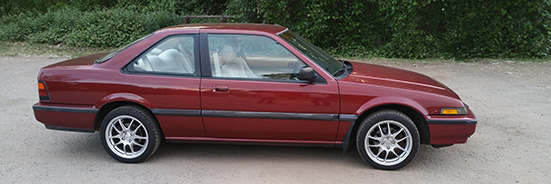










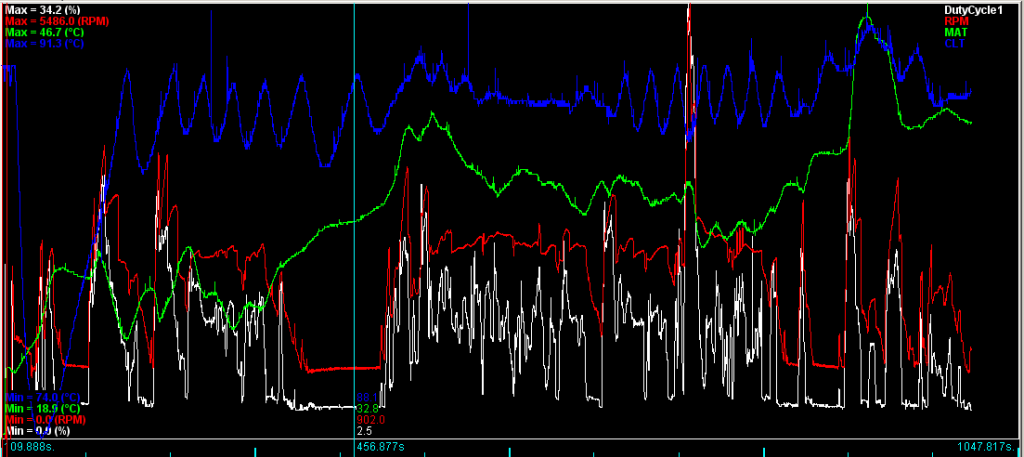

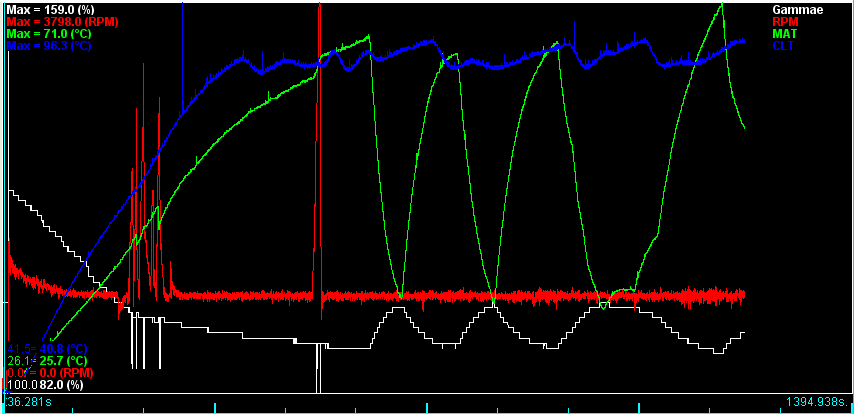
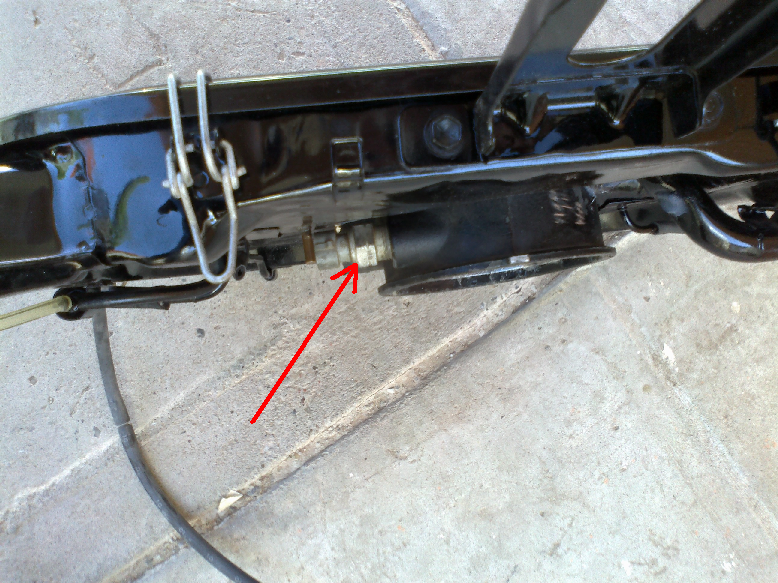
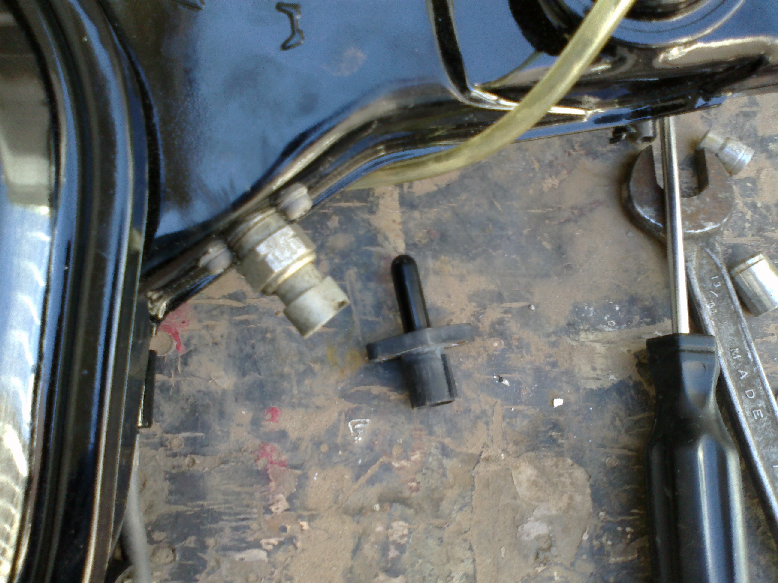




Bookmarks